This post may include affiliate links.
If you make a purchase, I'll earn a small fee at no extra cost to you.
Swiss Chard is a colorful and delicious vegetable that thrives in containers. Here’s how to plant, grow, and harvest chard in containers, including growing tips and best container varieties.
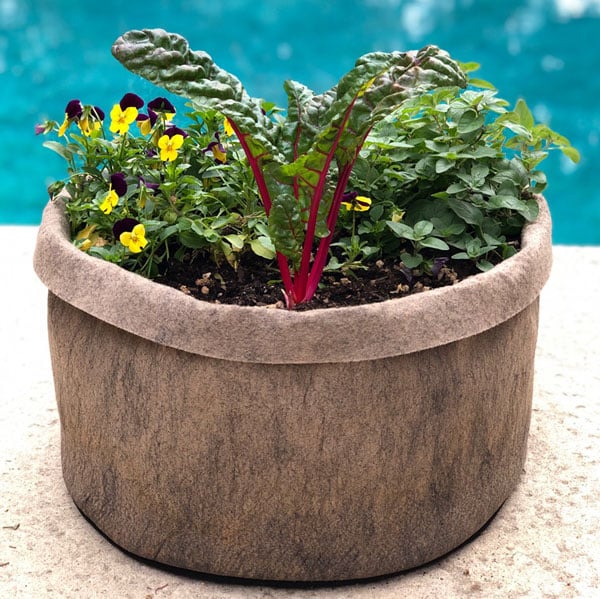
Thank you to Smart Pot® for sponsoring this article.
Pssst…wanna hear a secret? If you’ve always wanted to grow veggies in your front yard–but thought the neighbors would complain–chard is where it’s at.
Its large, crinkled green leaves (called savoyed leaves) and colorful edible stalks (called petioles) are so beautiful, it can be grown as an ornamental. Cool, right?
Chard is a colorful vegetable that is perfect for pots or containers. In fact, it’s one of my 5 Favorite Vegetables for Container Gardening. It can be eaten raw or cooked, and is a good source of vitamins A, B, C, E, and K.
Although it’s sometimes called Swiss Chard, chard isn’t from Switzerland at all. This hearty, colorful vegetable may have originated in Sicily, and is a member of the beet family. The word “Swiss” was added to its name in the 19th century to distinguish it from French varieties of spinach.
Here’s everything you need to know about growing chard in pots or containers. Let’s get out in the garden!
Best Chard Varieties for Containers
You don’t need to choose a special variety of chard for container gardening. This is different from growing zucchini in containers, where you need to select specific, compact-bush types.
That said, these three varieties are recommended specifically for container planting:
Botanical Interests “Bright Lights”
Botanical Interests “Apple Blossom Blend”
Best Containers for Swiss Chard
Chard can grow up to 2 feet tall, so it needs at least a 5-gallon container to thrive. Since I’m planting my chard with a few other plants, I’m using a 7-gallon Smart Pot.
Smart Pots are my favorite for container planting. They’re durable fabric planters that are made in the USA. They’re weather-resistant, UV resistant, and come in lots of different sizes.
I’m growing citrus trees, blueberries, and potatoes in my Smart Pots this year.
Smart Pots are BPA and lead free, which is important when you’re growing food. The cheaper brands can’t make that promise.
Sun, Water, Soil
Sun
The great part about growing chard in containers is that you can place your Smart Pot anywhere in your yard, to get the best sunlight. Chard grows best with 6 hours of full sun, but can tolerate partial shade in the heat of the summer.
Water
When planting in containers, the soil can dry out fairly quickly. You may need to water daily–stick your finger in the soil before watering. If the soil is damp or wet about two inches below the surface, you don’t need to water.
If the soil is dry, then water the base of the plant gently with a rain wand (I love my Dramm Rain Wand) or a watering can.
Soil
Chard needs deep, loose, fertile soil. Please don’t scoop up a bunch of dirt from your yard for your container of chard! Garden soil is too dense and could have fungus, microbes, seeds, bugs, or other critters that will damage your plants.
It’s important to choose the right soil for your container garden, so your vegetables will grow well. Because the plants are growing in a confined space, you want to be sure the soil is the very best it can be. Here’s how to choose the best soil for your container garden.
Planting & Spacing
To maximize planting space, add other plants around the edge of your container. I’ve added oregano and violas to this Smart Pot–isn’t it beautiful?
This container was planted with seedlings from the nursery, but you can start chard from seeds as well.
In early spring and/or late summer (depending on your planting zone), plant seeds directly outside. Make a hole about ½ inch deep, cover gently with soil, and keep damp until the seedling emerges.
Not sure when you should plant your chard? You need a Vegetable Planting Calendar that tells you exactly what to plant each month.
It’s important to give your seedlings plenty of room, because chard grows into large, vase-shaped plants that can be 2 feet tall.
Fertilize two months after planting and again 2-3 months later. I like to use EB Stone Organics Blood Meal to ensure large, deep-colored leaves, and EB Stone Organics Tomato & Vegetable Food to boost production.
Pests, Diseases, Companion Plants
Chard is fairly resistant to garden pests and diseases. You might find some aphids on your chard toward the end of the season–here are 8 natural ways to get rid of aphids.
There are several vegetables that will grow well with chard, including broccoli, cauliflower, cabbage, onions and green beans. Learn more about companion planting in the book Carrots Love Tomatoes.
Harvesting
Chard is ready to harvest about two months after planting. Cut the outer leaves half an inch above the soil, and new leaves will grow from the center. You can harvest continuously as the outer leaves mature.
Once the plant produces a seed stalk, the leaves will become tough. Pull the entire plant out and put it in your compost pile.
Recipes with Chard
Add finely chopped chard leaves to Baked Italian Meatballs
Stir-fry the stems and add to Homemade Fried Rice
Too much chard? Share your bounty with your local food bank! Food banks don’t often get donations of fruits and vegetables, and their clients will welcome the fresh food. You can find your local food bank at Feeding America.org.

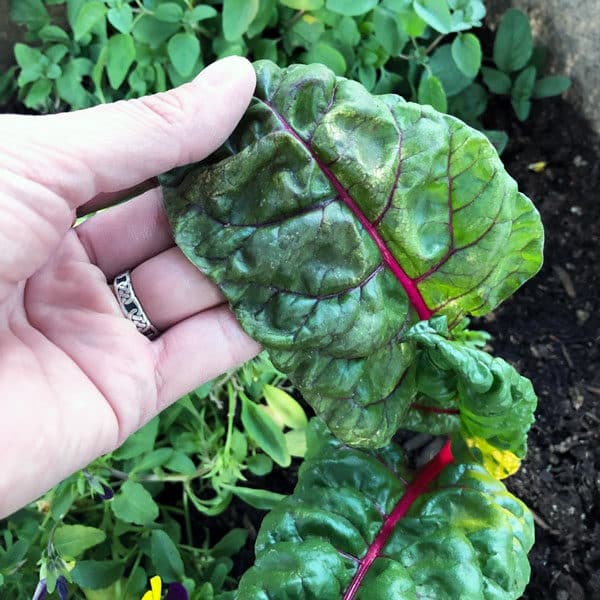
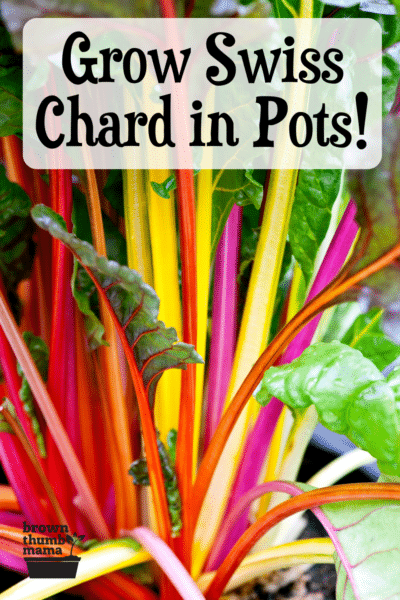
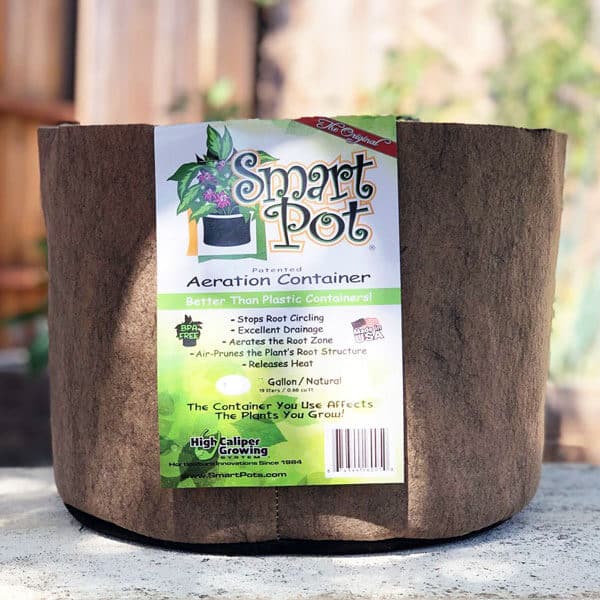
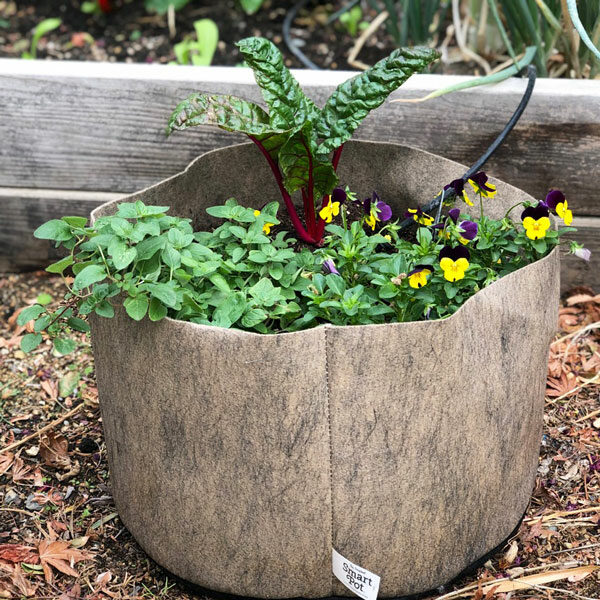
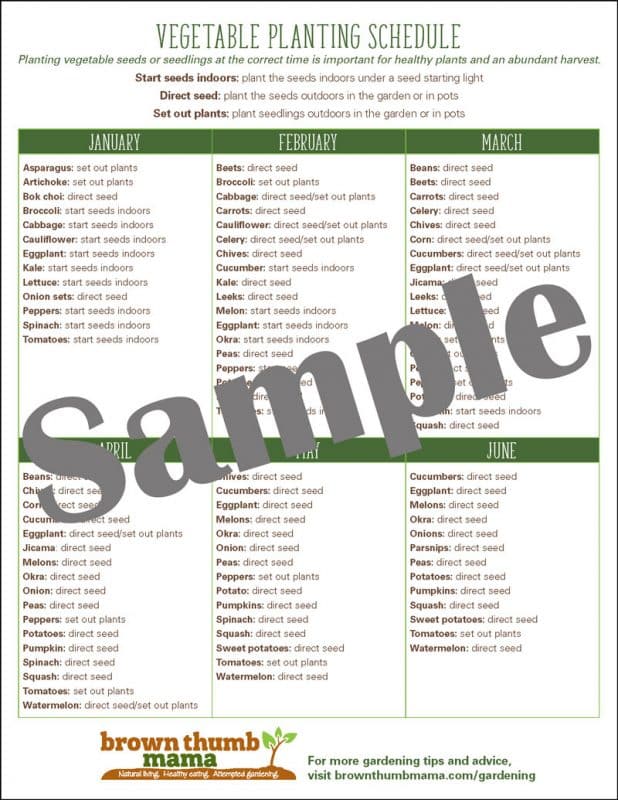
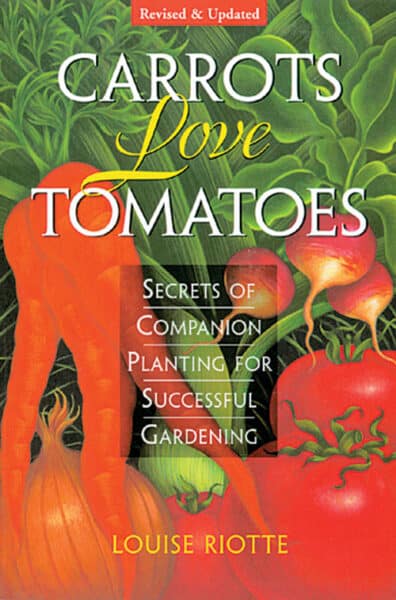
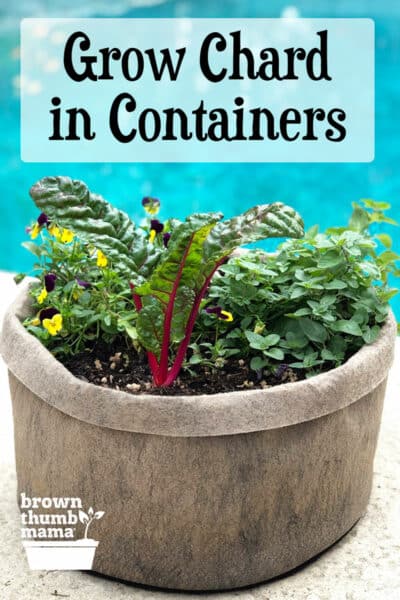

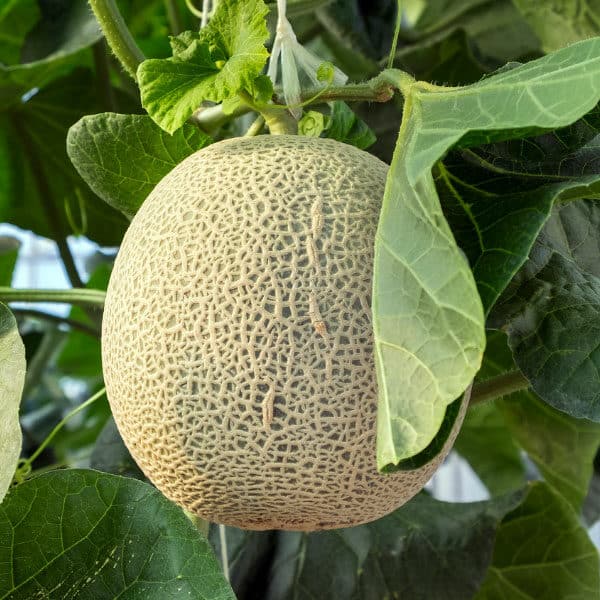
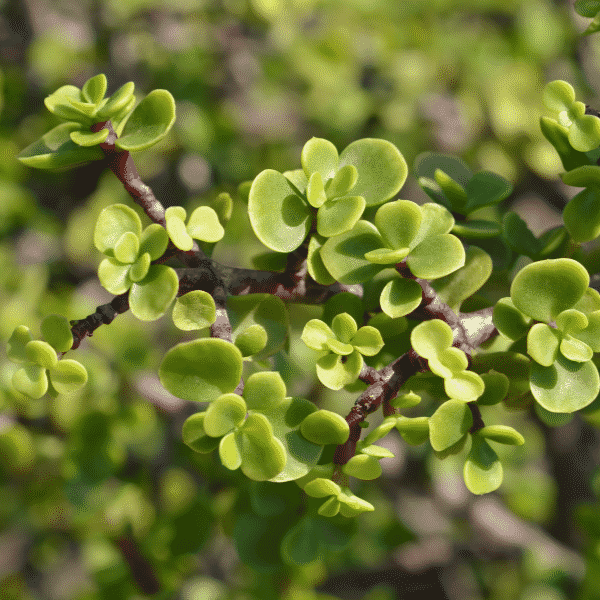
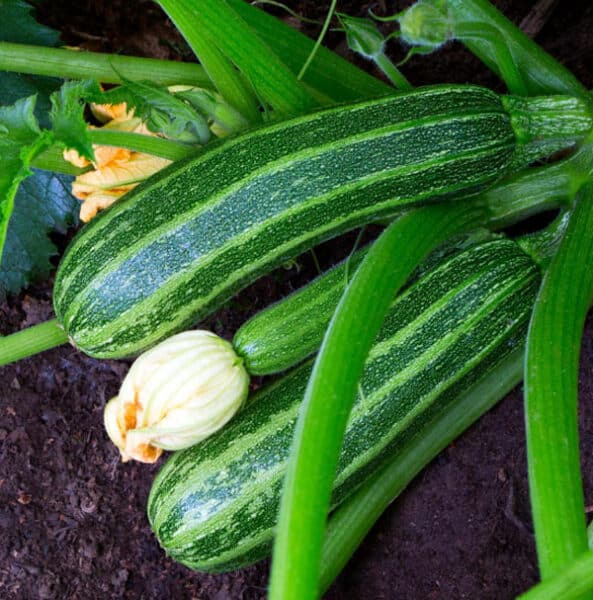
I started some seeds about two months ago (charleston, SC) and they aren’t growing much beyond the seedling stage! Not sure what went wrong!